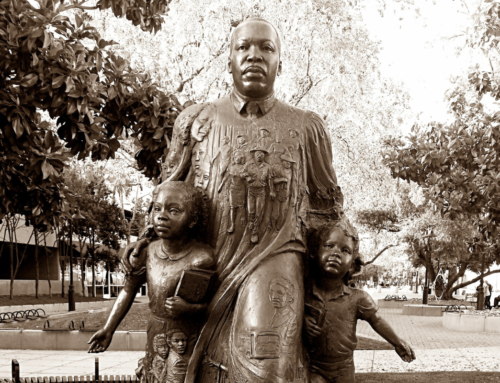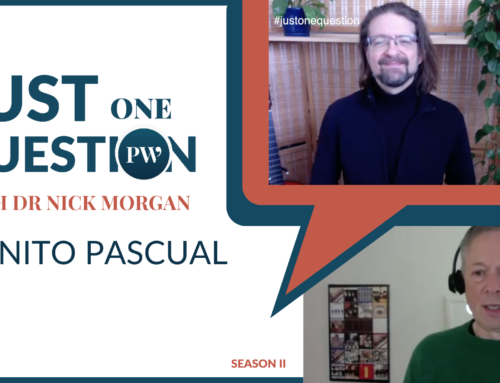I was asked recently about how archetypes can aid in public speaking, and that suggested a series of blogs on storytelling, structure, plots, and archetypes as they figure in speeches and presentations.
So let’s begin at the beginning. Why tell stories in speeches? Only because they are interesting, they help people remember what you say, and they are a good way to convey information and emotion memorably.
Mark Turner, a writer and philosopher who has been associated with the Institute for Advanced Study, and the Center for Neural and Cognitive Sciences at the University of Maryland, goes even further. In his landmark book, The Literary Mind, published by Oxford in 1996, he says, “Story is a basic principle of mind.” In other words, he argues that we think in terms of stories. We learn from the high chair that if we push a glass of milk over, white liquid spills on the floor, a parent comes running making noises, mops it up, and kisses us on the top of the head (if we’re lucky). That’s a story, and it’s a basic understanding of cause and effect by which we make sense of our world.
There are actors, actions, objects, and results. It’s all good fun, it’s memorable, and it’s how we continue to think long after we’ve left the high chair.
How does that apply to public speaking? Most people organize their talks in lists of information. (Five reasons to join our exciting investment program.) Unfortunately, the human mind is not constructed to remember lists very well. Once you’ve told me 3 things, to remember the 4th I’ll have to forget the first. ‘In one ear and out the other’ pretty describes how we respond to lists. Yet everyone who has heard, seen, or read it once remembers the story of Romeo and Juliet.
So if you give speeches more like Shakespeare and less like the phone book, you’ll be much more memorable. That’s why stories are important. Next time I’ll talk about structure and how to create great stories.








Stories are perfect for lists! This is a great idea. We have to learn how to create good stories, not just an additional recital of facts.
Dr. Wright
The WRight Place TV Show
http://www.wrightplacetv.com
http://www.twitter.com/drwright1